Maruti Suzuki e-Vitara: Propelling India Towards the Electric Future
The Maruti Suzuki e-Vitara is India’s first global EV SUV with 500 km range, high-end features, ADAS safety, and global aim. Launching Sept 2025 at 18–25 lakh.
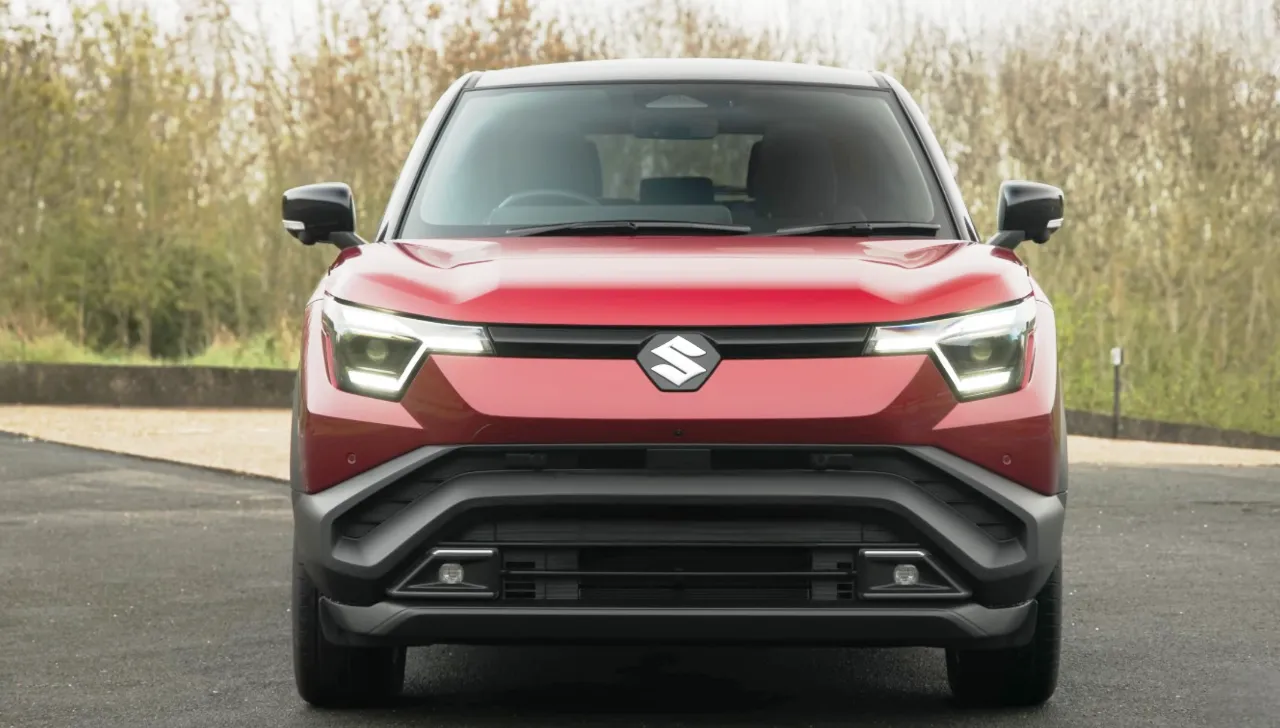
A Story of Wheels: From 800 Dreams to Electric Vision
There’s a Maruti memory in every Indian household. Some, it might have been their dad bringing home a Maruti 800 proudly in the 80s, others it might have been learning to drive an Alto, or packing 8 people into a WagonR for a wedding outing. Maruti Suzuki is not merely an auto manufacturer in India—it’s a family member in all but name.
But let’s be honest. Over the last few years, Maruti has been too conservative. They’ve produced dependable cars, no doubt, but not exactly the most thrilling. Meanwhile, competitors such as Tata, Mahindra, and Hyundai began playing it a little riskier, particularly with EVs. And India took notice.
So when talk of an all electric Maruti SUV started doing the rounds, hopes were high. After all, if Maruti, the company that motorized middle-class India, gets into the EV business, it can’t be just another car. It has to be a movement.
Enter the Maruti Suzuki e-Vitara. Slated to arrive in September 2025, this isn’t just another NEXA showroom launch—it’s Maruti’s moon landing. The e-Vitara is designed not just for India but for the world. In fact, it will debut in Europe and Japan alongside India, signaling a new chapter: Maruti isn’t just following trends—it wants to lead them.
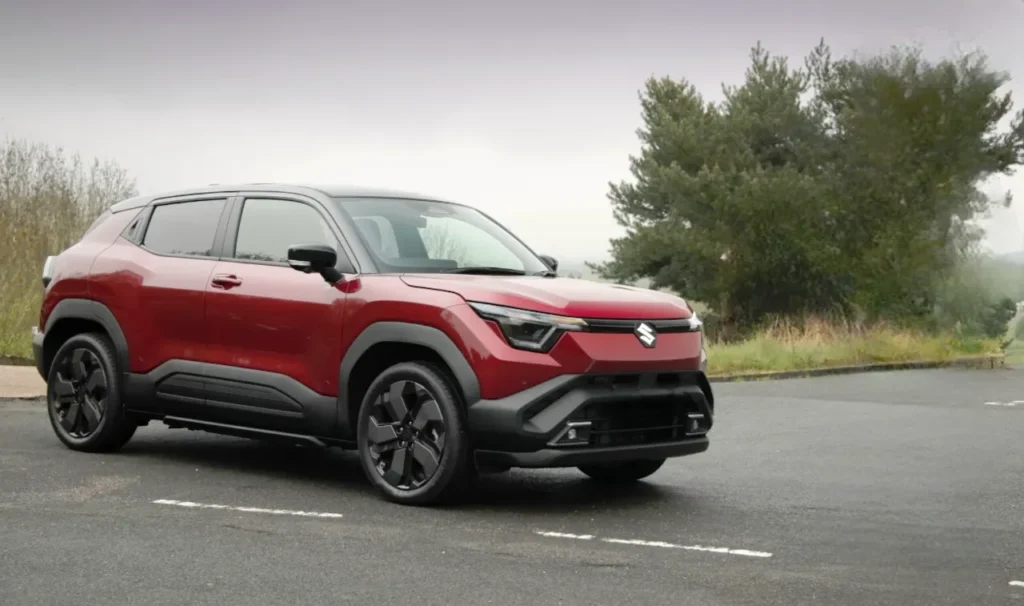
The Design: Familiar Yet Futuristic
At first glance, the e-Vitara appears like something familiar—tough, upright, SUV-like. Then your eyes catch up to the details. The shut-off EV grille, slim LED DRLs, angular alloys, and a stance that’s contemporary but not too extraterrestrial.
Maruti has not opted for the “spaceship” design that a few EV manufacturers can thrust upon you. Rather, they’ve been smart: futuristic enough to grab attention, but pragmatic enough to blend in with Indian cities without appearing misplaced.
This is crucial. EV adoption in India is a recent thing, and everyone desires something aspirational but not intimidating. The e-Vitara gets this just right with a design that proclaims: “Yes, I’m the future, but I still know my way around your favorite chai tapri.”
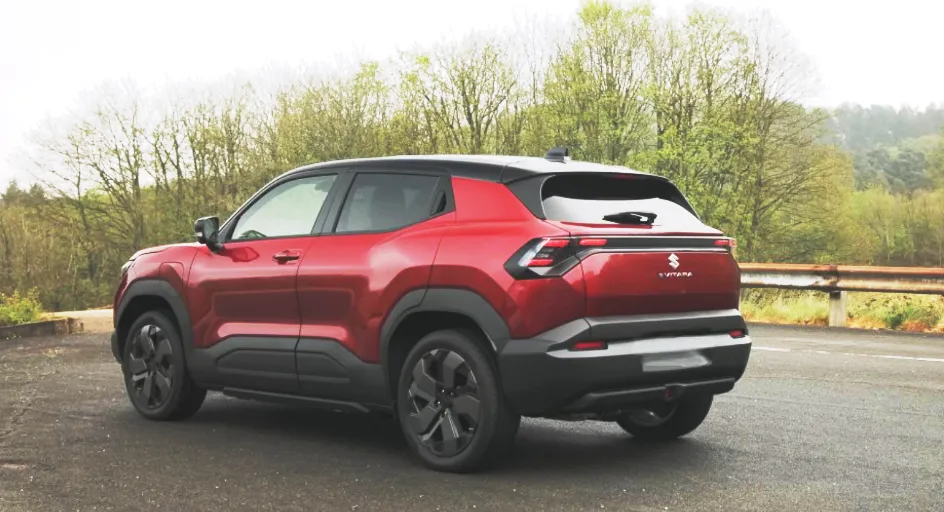
Interior and Build Quality – Maruti Grows Up
Enter inside, and you’ll sense the difference instantly. Maruti has finally lost its image of “practical but plasticky.”
Dashboard: Spacious, minimalist, twin-screen configuration.
Infotainment: 12-inch floating screen with wireless Android Auto and Apple CarPlay.
Cluster: Digital-only with customizable themes (eco, sport, classic).
Seats: Heated, cooled, and upholstered in top-class material. Long drives now include real comfort, not merely “jugaad” cushions procured from Amazon.
Space: Abundant legroom at the rear due to EV-specific platform packaging. Flat floor = no middle passenger knee contortions.
Finishing touches: Ambient light strips, leather-stitched steering, dual-zone climate control.
But what impresses the most? Build quality. This is a Maruti that will last you a decade and look premium while doing so. There are no creaks, no flimsy knobs, no “this is going to break in two years” sentiment.
It’s like Maruti asked themselves finally: “What if we made a cabin that people would be proud to Instagram?”
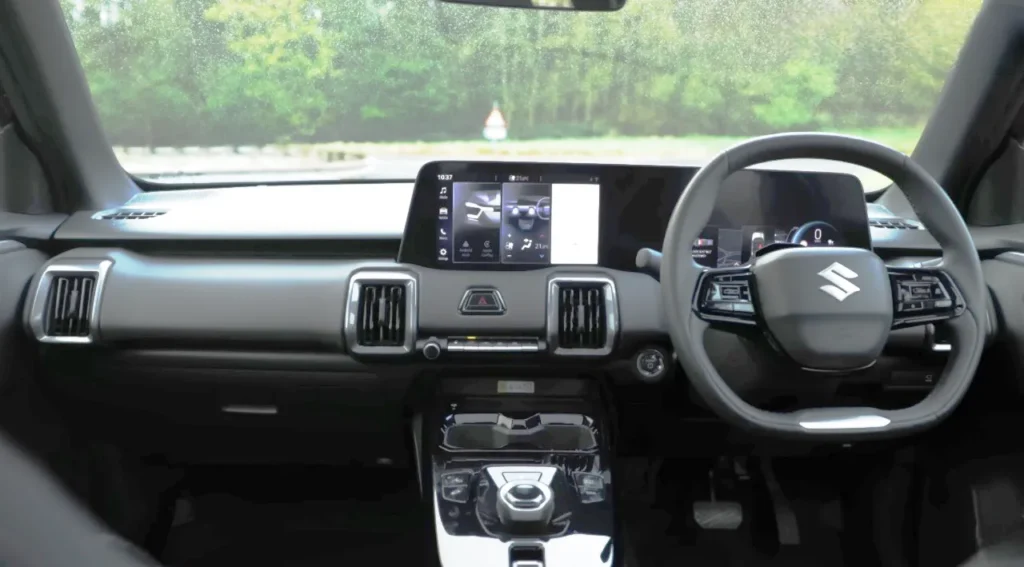
Performance – Silent, Swift, and Strong
Performance in EVs isn’t about bragging rights on horsepower—it’s about how fast your gut drops when you press the accelerator pedal. And the e-Vitara doesn’t disappoint.
Battery Packs: Two choices—49 kWh urban-centric and 61 kWh for long range.
Range: Up to 500 km in Indian conditions. WLTP figures float between 346–426 km.
Motors: Efficient single-motor FWD for budget buyers, twin motor AWD (“AllGrip-e”) for enthusiasts.
Output: 106 kW or 143 bhp in base trim, up to 135 kW or 181 bhp in AWD withInstant and high Torque.
City drives are effortless—you glide past traffic while autorickshaws wonder if you’re running on magic. On highways, the larger battery variant promises stress-free intercity runs, especially with India’s fast-expanding charging network.
And here’s the twist: Maruti says it’s tweaked the suspension for Indian roads. Translation? You won’t have your dental fillings shaken out every time you drive over a pothole.
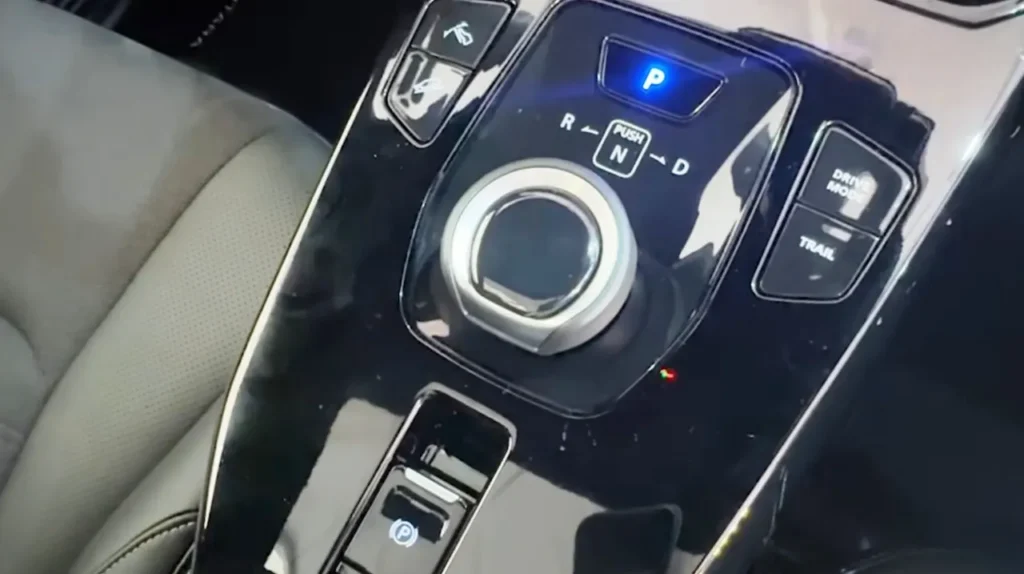
Safety Features – The Redemption Arc
Time to face the music. Maruti was taken to task for being “tin ka dabba” (tin box) when it comes to safety for years. The e-Vitara is where they turn the script around.
Look for a 5-star crash test rating, courtesy:
High-strength steel body.
7 airbags (driver, passenger, sides, curtains).
ADAS Level-2: adaptive cruise control, lane keep assist, auto emergency breaking.
360° camera with sensors for tight city parking.
Hill-hold and hill-descent control for hilly escapades.
Lastly, Maruti has a car where safety isn’t a trade-off—it’s a headline feature.
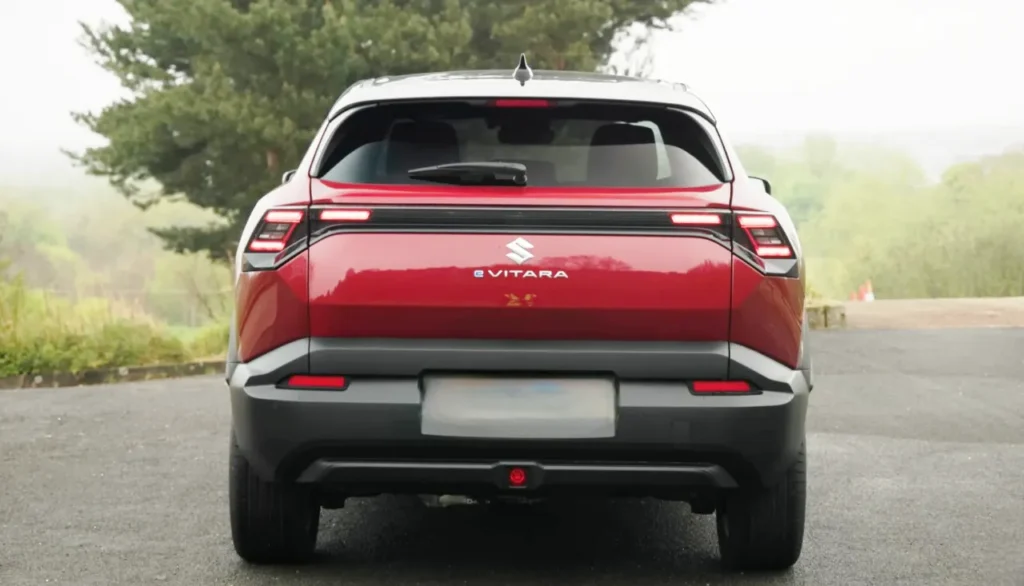
Capabilities – Made for India’s Madness
EVs in other countries get tested on smooth European roads. But India? India has speed breakers as tall as your neighbor’s kid.
That’s why the e-Vitara has been designed specifically for our conditions:
Ground clearance: ~180 mm, ideal for monsoon puddles and unexpected craters.
Battery casing: IP67-rated, flood- and dust-proof.
AWD: For hill trips and those “Instagram adventure drives.”
Charging:
DC fast charging (0–80% in 50 minutes).
AC home charging (8–10 hours overnight).
Tyres & suspension: Optimised for India’s special mix of expressways, potholes, and cattle crossings.
It’s not just an EV for Gurgaon—it’s an EV for Goa, Ladakh, Kerala, and Nagaland.
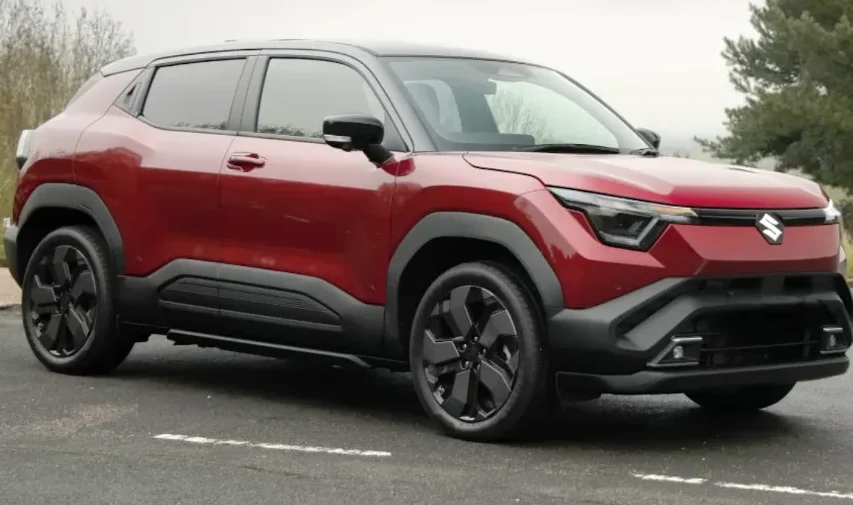
Pricing and Availability – The Big Question
Maruti knows the “kitnadetihai?” mindset is still alive. People want range and value.
Price range: 18–25 lakh (ex-showroom).
Launch timeline: Deliveries expected late September 2025.
Availability: Sold via NEXA, with priority to metro cities first.
Global markets: Simultaneous launch in Europe and Japan, making it Maruti’s most ambitious export model ever.
For a Maruti, the pricing is premium. But compared to rivals like Tata Curvv EV, Hyundai Creta EV, and MG ZS EV, it’s right in the sweet spot.
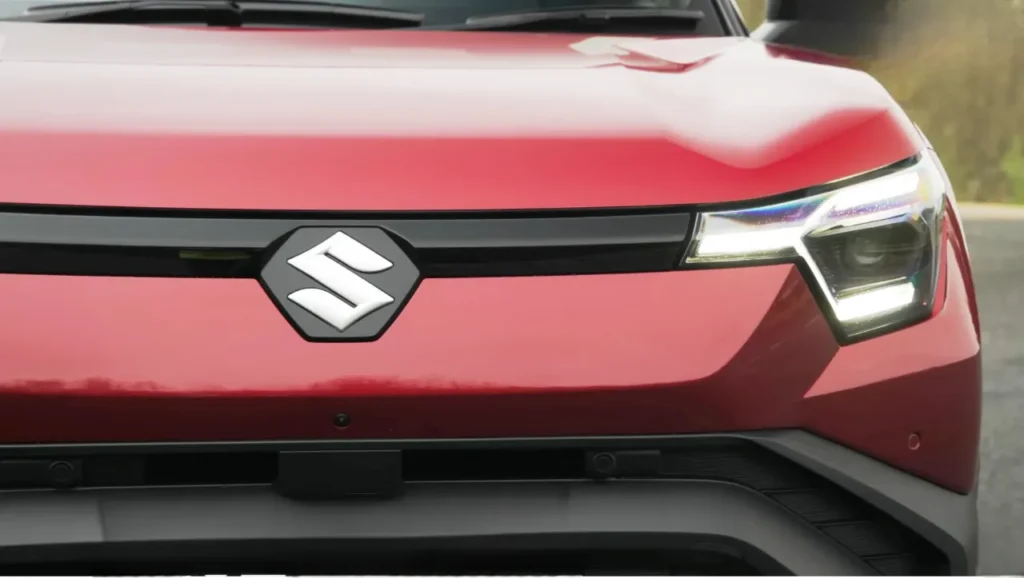
Pros and Cons
Pros:
Futuristic yet practical design.
500 km range—no more “charging anxiety.”
Maruti reliability + global engineering.
Safety finally taken seriously (ADAS, airbags, structure).
Backed by Maruti’s huge service network.
Cons:
Premium pricing may shock traditional Maruti buyers.
Limited production at first → waiting times probably.
Harsh competition from Tata, Hyundai, MG, and Mahindra.
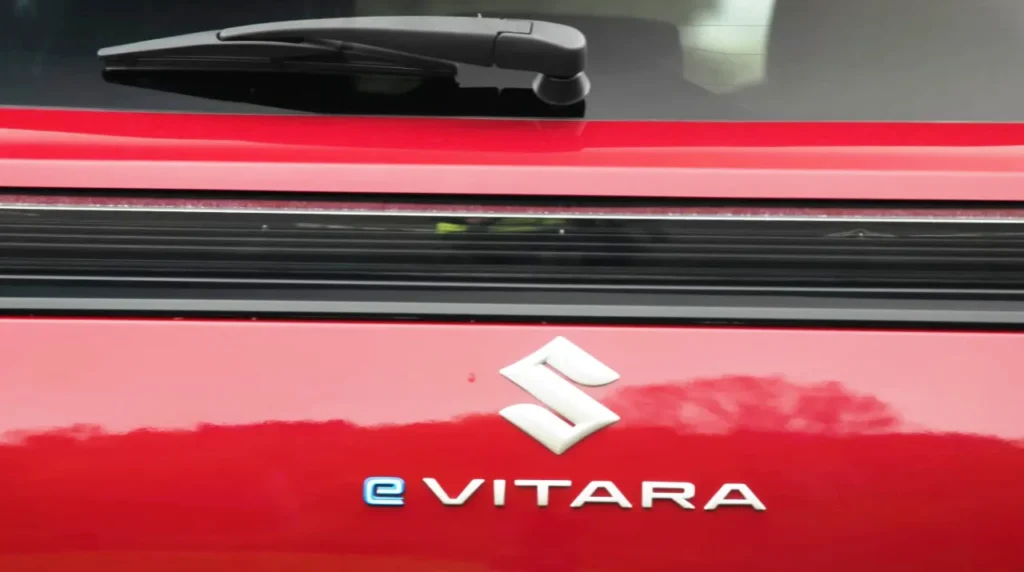
Last Judgment – Is the e-Vitara Worth Buying?
The e-Vitara isn’t merely a new vehicle—it’s Maruti’s statement of intent. The company played it too safe for too long. With this SUV, they’re stating to India and the world: We’re ready for the EV era, and we’re not riding along—we’re leading the parade.
If you’re one of those early EV owners, or you just want a family SUV which is future-proof, secure, and supported by the sheen of Maruti’s dealership network, the e-Vitara presents an incredibly compelling case.
Yes, it’s more expensive than the Marutis your dad used to buy. But it’s also more sophisticated, more secure, and international in every respect. The waiting lists will be long, but history suggests Maruticars are worth waiting for.
This car is the next chapter in the mobility story of India.
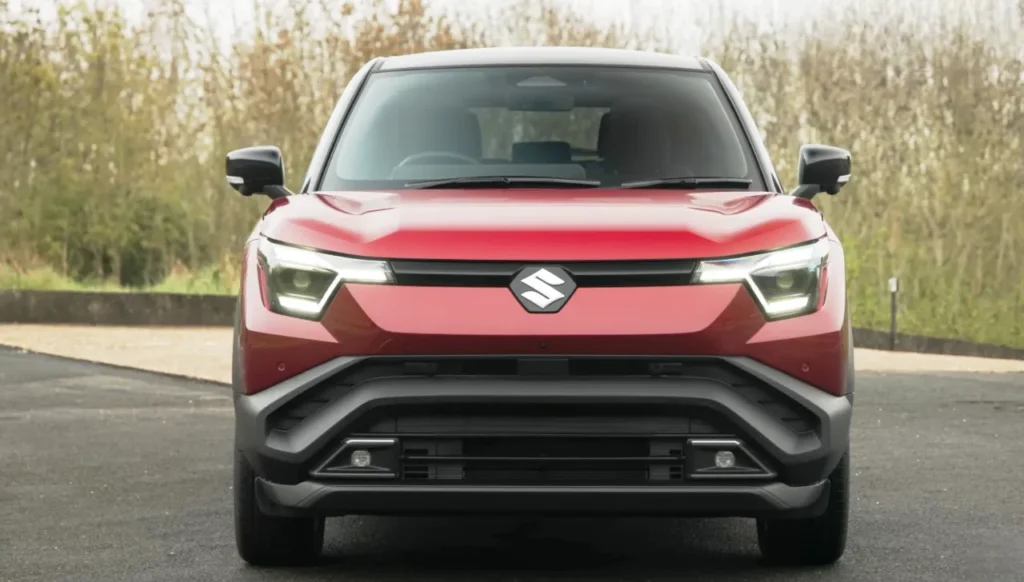
FAQs – Maruti Suzuki e-Vitara 2025
Q1. When will new Maruti Suzuki e-Vitara be launched in India?
Deliveries to start in late September 2025.
Q2. How much will e-Vitara cost in India?
Expected in the range of ₹18–25 lakh (ex-showroom).
Q3. What is the max range of Maruti Suzuki e-Vitara?
Based on the variant, a maximum of 500 km under real-world Indian usage.
Q4. What are the safety features it has?
It has 7 airbags, ADAS Level-2, 360° camera, and high-strength steel body.
Q5. Whom does Maruti e-Vitara compete against?
Tata Curvv EV, Hyundai Creta EV, MG ZS EV, Mahindra BE 6.


